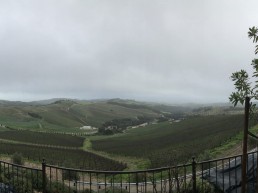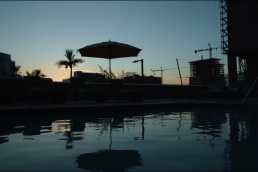Ever wonder what each crew member actually does on a production? You can probably guess what a director, editor and writer does but what about roles such as grip, gaffer and colorist? For the sake of this blog we will be focusing on roles more common in commercial video production as well as our take on the value they bring to a production.
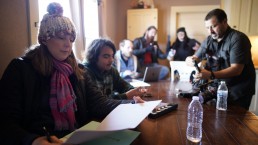
Producers oversee all of the details from the point of inquiry to final delivery. This includes being an intermediary between clients and creative/production teams, building the teams to execute projects, securing permits and insurances as well as locations and budgets. Producers are what keep the wheels from falling off, they ensure everyone involved is moving towards a common goal.
Line Producers are in charge of keeping the project on track creatively, on schedule, safely and on budget. On set they oversee all Production Departments and will typically report directly to Producers. Line Producers are critical to the success of the productions running smoothly on a day to day basis.
Production Managers are in charge of handling day to day operations of Productions. They coordinate lodging and transportation for cast and crew, work on budgets for locations and equipment and work with Producers to develop a logistical plan and schedule for a shoot, handling all releases and permits as well as creating Daily Production Reports. Production Managers turn chaos into a perfect blend of systems and processes to keep productions from being shut down.
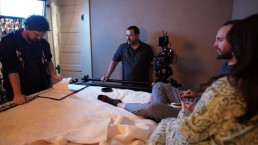
A Director’s main task is to execute the vision of the project. This includes getting the best performances out of actors as well as production departments. They are involved with casting, overseeing rehearsals, location scouts, as well as helping formulate the tone for the look and feel of the project. Directors are like the conductors of an orchestra and while each player may have mastered their part, Directors help them play in perfect rhythm and harmony.
Assistant Directors are the right hand of Directors. They act as the liaison between the Director and Production Departments and can often be called upon to handle conflict or issues on set so as to allow the Director to focus on the bigger picture. They help create and manage production schedules and shot lists. Assistant Directors allow the Director to focus on the big picture and free from getting caught up in the weeds.
Script Supervisors are in charge of maintaining the latest copy of a script as well as logging notes in a production book with detailed information regarding coverage, set ups and continuity. Without Script Supervisors productions are more likely to overlook details that can heavily impact the quality of the final product.
Production Designers oversee the Art Department and the duties include managing wardrobes and props, creating designs and layouts of sets, researching visual elements critical to the production, creating storyboards, mood boards, or look books to guide the art department and camera department as well as ensure that all elements on a set are done right and on time. Production Designers create the spaces and visual elements which the cameras film. Their eyes for design and detail leads to the best possible outcomes.
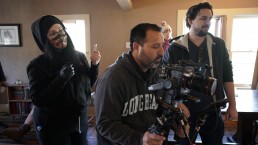
Directors of Photography oversee the Camera department and work with Directors to choose the best lighting and camera sets ups for the project. Directors of Photography use lighting and the camera to help guide the viewer’s eyes, drawing them into the story.
ACs or Camera Assistants work with Directors of Photography to ensure all cameras and essential gear are set up and ready for filming, help pull focus for the main camera and often operate additional cameras. Camera Assistants will often be in charge of backing up all footage for projects to ensure its integrity. AC’s allow Directors of Photography to focus on making creative choices instead of having to worry about camera equipment and accessories.
Grips are part of the Camera Department and are in charge of building all camera support systems such as tripods and gimbals. Grips make filming run more efficiently and safely.
Gaffers handle the lighting and electrical on productions. From setting up power generators and power cords to rigging lights according to the production design. Gaffers power and light the spaces to be filmed and help camera and art departments create the mood of the film.
Sound Recordists or Location Sound Mixers oversee all audio for a project. They work with Boom Operators to position microphones and are tasked with capturing the best possible audio. Sound Recordists ensure the highest quality of audio possible for a project and can eliminate the need to spend additional money in post production to fix issues after the fact.
Boom Operators hold the microphones during filming and report to Sound Recordists/Location Sound Mixers. Without Boom Operators productions can be highly limited in the type of shots you can capture or the quality of the audio being recorded.
Each of these roles is critical to the success of a production and they cover a wide span of all the things that need to be executed. When budgets are limited and don’t allow for all of the roles to be filled, it only passes the duties of that role along to another crew member, limiting their ability to excel in their department and hindering overall quality the project. That being said, not every production requires each of these roles to be filled. On most of our productions, crew members wear multiple hats to help keep us nimble as well as to help stay on budget.
Next Item
DAOU Mountain
